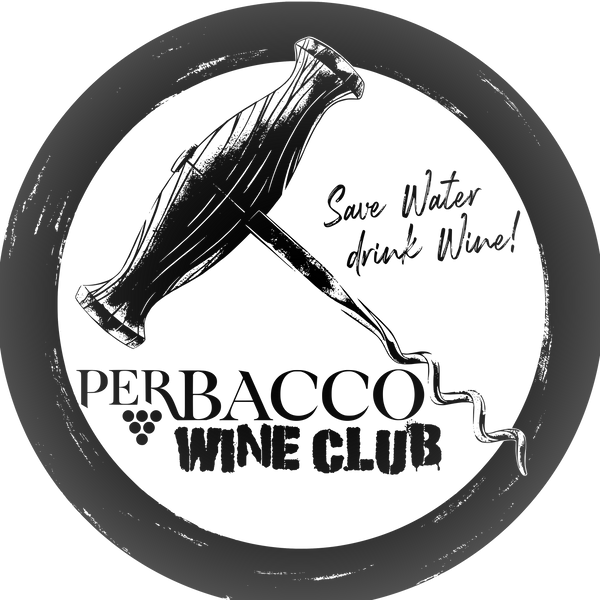My dear friends, I have been missing too long from here, my deepest apologies but luckily Osteria del Borgo and Perbacco in Montepulciano are being very busy for the summer, and our wine club is growing day by day...I promise I will write more often when I find more time.
As we are selecting the Wine Club choices for the November shipment, I would like to talk about this concept of which everybody seems obsessed: TERROIR. Why is this French word coming out more and more often when (we) boring sommeliers describe wines? What does this word mean and why is it so important?
First of all, the word itself means 'terrain' but the whole concept of it is more complicated and has more aspects than the actual soil where the grapes of a particular wine grow: the French, gave this word a sort of mystical halo and a whole philosophical concept, as each Terroir for them produces a unique wine that will be impossible to replicate somewhere else (long story short, they believe the universe revolves around, well, France, naturally, so their terroir is unique and their wines are the best in the world, lol)
Terroir is how a particular region’s climate, soils and aspect (terrain) affect the taste of wine. Some regions are said to have more ‘terroir’ than others.
What is ‘terroir’ and how does it affect the taste of wine?

‘Terroir’ is one of the most used and least understood wine words. Originally it was associated with earthy notes in many Old World wines. Back in the 1980’s, many of these ‘terroir-driven’ wines were actually affected by wine faults including cork taint and wild yeast growth (brettanomyces). Nowadays, terroir is used to describe practically every wine region (e.g. Napa’s Terroir, Bordeaux’s Terroir, Montalcino’s Terroir, Barolo’s Terroir, etc.) and it has lost its meaning.
4 Traits of Terroir
1. Climate Wine regions can be basically divided into two types of climates: cool climate and warm climate. Wine grapes from warmer climates generate higher sugar levels (which produce higher alcohol wines), whereas cooler climate wine grapes generally have lower sugar levels and retain more acidity. For instance, Bolgheri in Tuscany receives just a touch more sun and heat year-round than Bordeaux. While both regions produce Cabernet Sauvignon and Merlot, the Médoc produce wines with greater natural acidity because of cooler weather.

2. Soil
There are hundreds of different types of soil, rock and mineral deposits in the world’s vineyards. Most vineyard soils can be sorted into about 5 to 6 different types of soil that affect the flavor of wine. While there is no scientific proof associating the taste of ‘minerality’ to actual minerals in a wine, something does happen. For instance, Champagne's chalky soil gives this incredible sparkling wine great minerality, which makes this wine unique.

3. Terrain Believe it or not, altitude is an increasingly important focus for quality vineyards. Besides elevation, things like geological features (mountains, valleys, being located far inland), other flora (plants, microbes and trees) and large bodies of water affect how a wine from a particular region tastes. For instance, Valtellina (north of Italy) makes some of the best Nebbiolos and some of the vineyards are located pretty high up in altitude, just at the foot of the Dolomites Mountains: the result is a wine with amazing minerality due to rocky soil and great ageing potential due to acidity, lower bodied compared to a Barbaresco or a Barolo but equally refined and elegant.

4. Tradition (*only in areas entrenched with a particular winemaking tradition)
Traditional winemaking (and vineyard growing) techniques can also contribute to a wine’s terroir. Even though tradition is a human interaction, ancient winemaking methods tend to be highly dependent on the region’s climate, soil and terrain. For instance In Montepulciano, we make our Vinsanto, drying grapes for months on stray and using the same Mother Yeast and same Caratelli (small barrels) that each family has in their wine cellar. This unique process makes our Vinsanto one of the very best dessert wines of the World.

Thanks for reading,
a big hug from your friend in Montepulciano
Francesco :)

